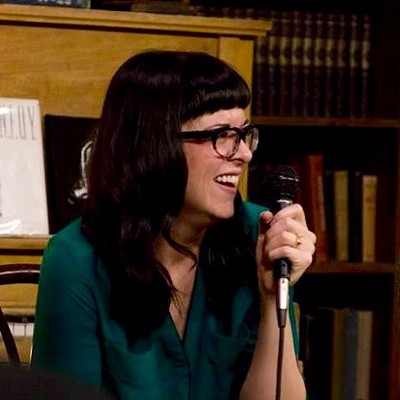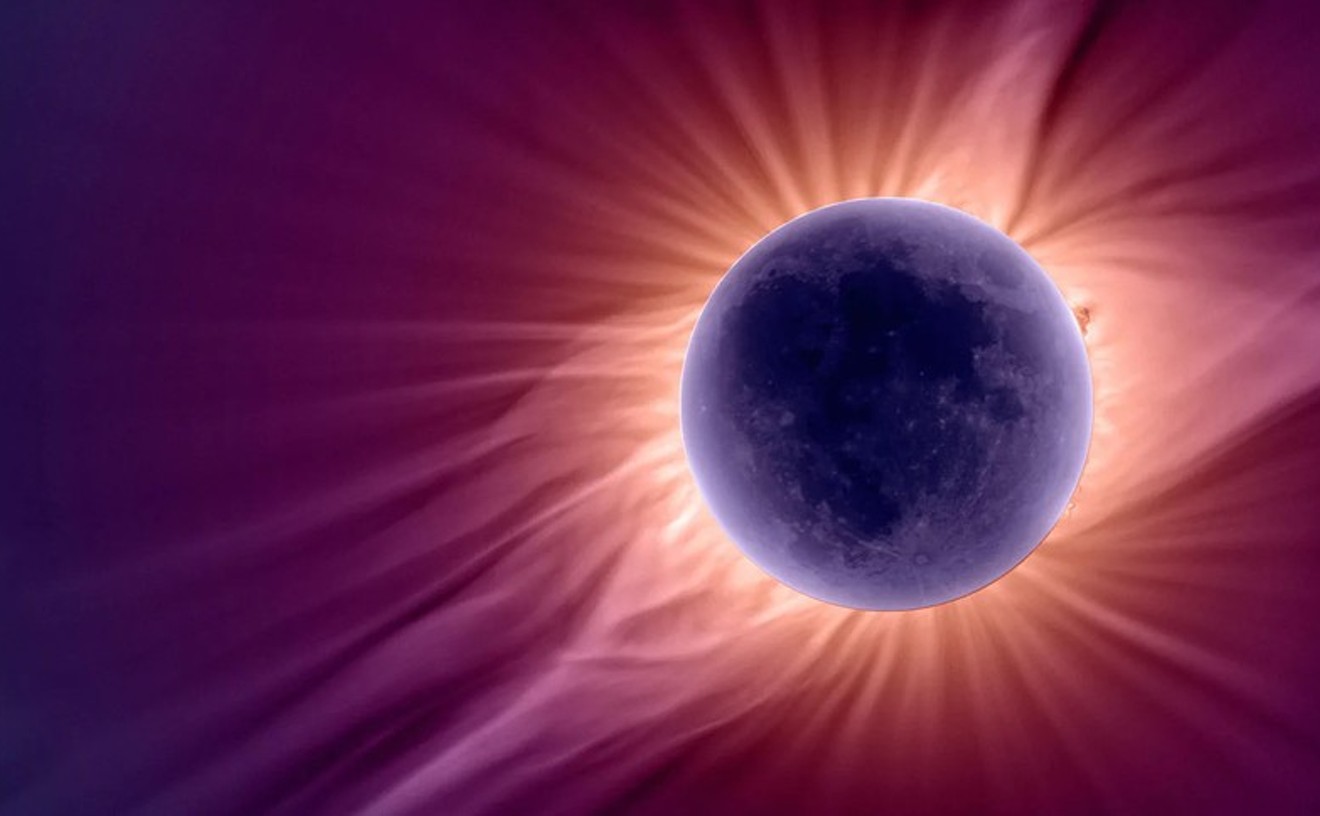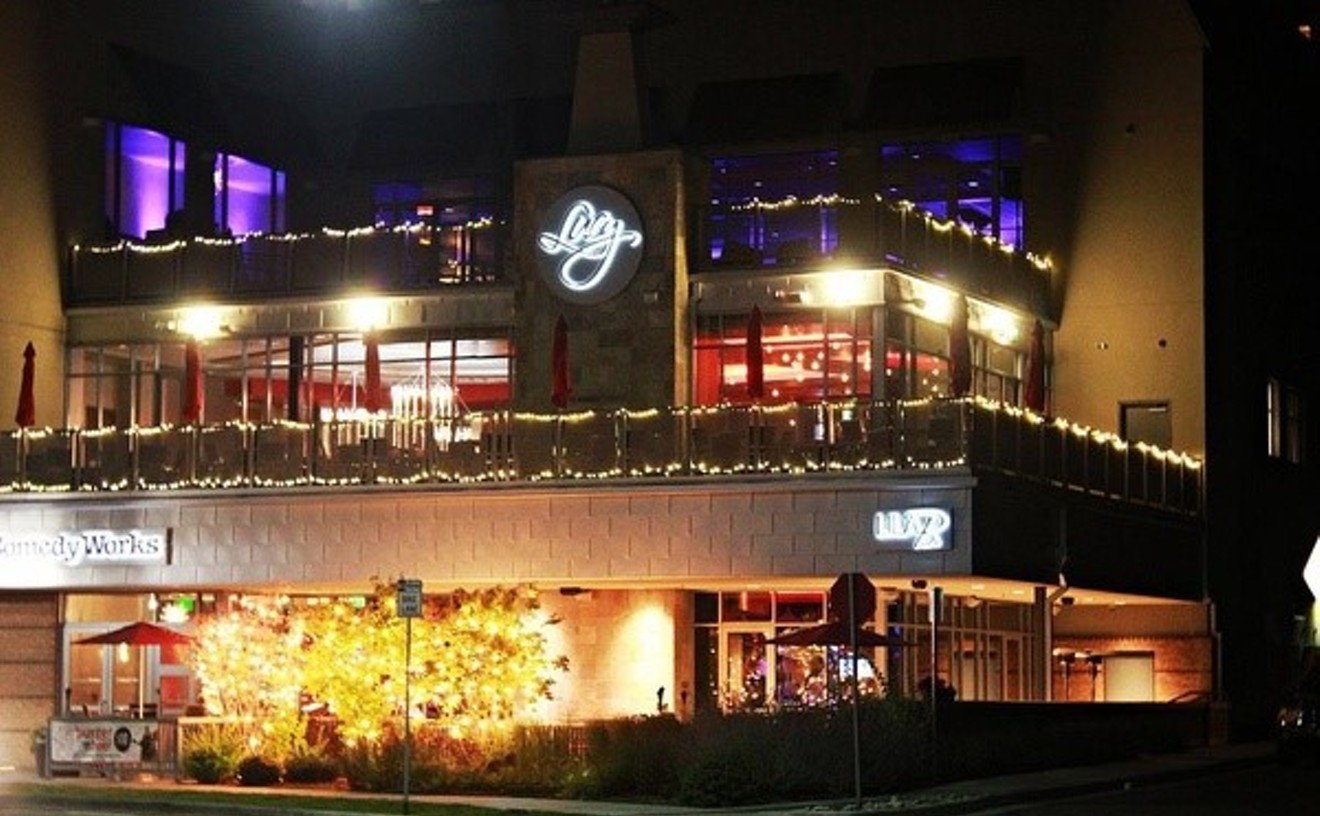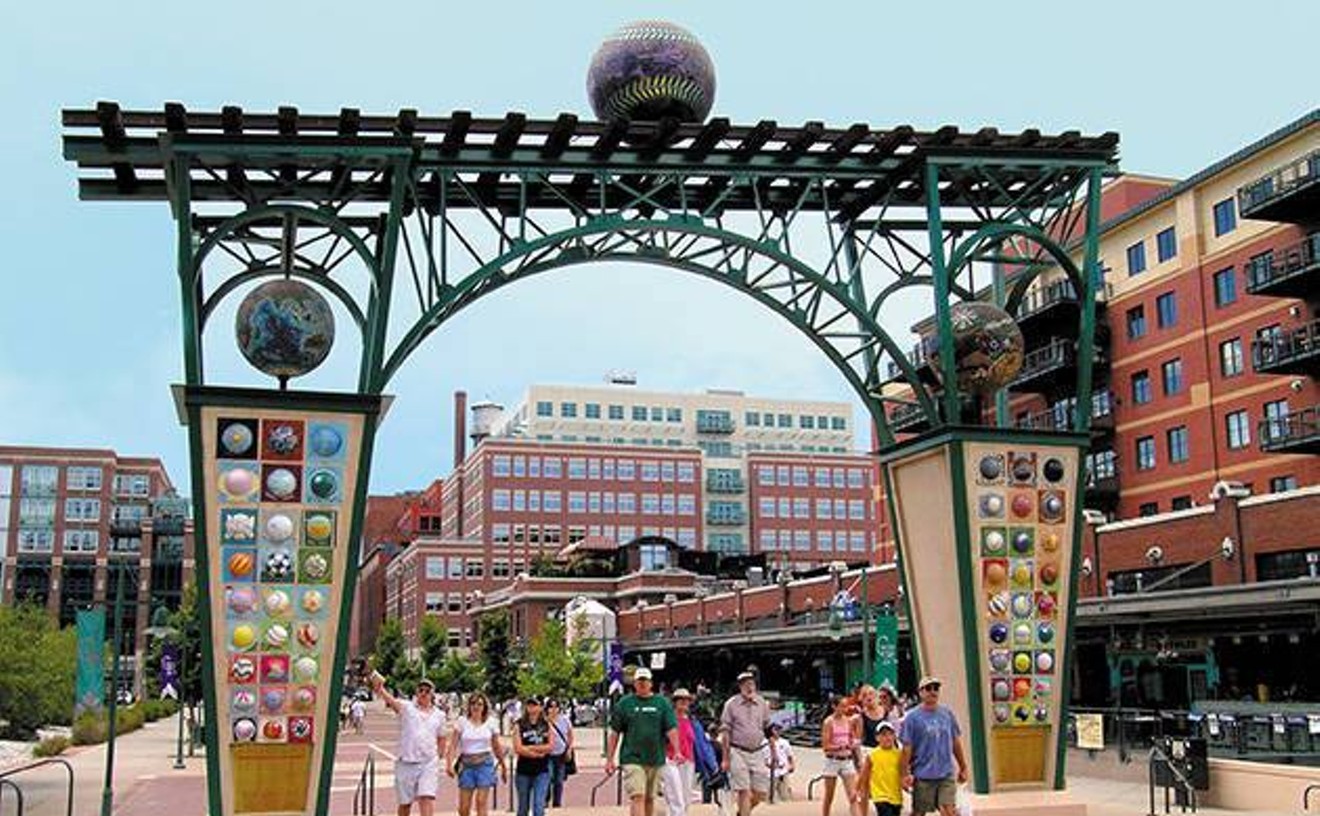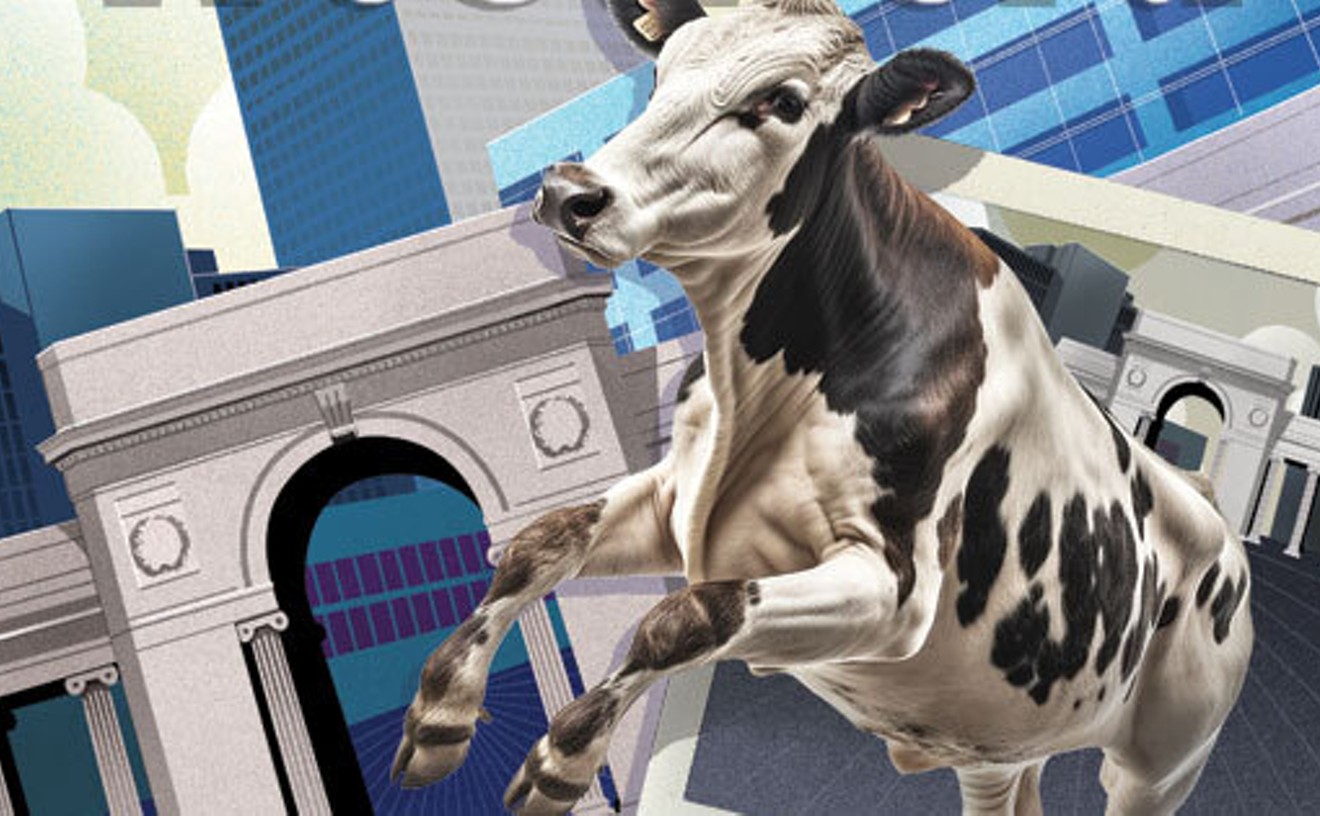In advance of Tattoo Nation showing at two theaters in Denver this Thursday, April 4, Schwartz spoke with Westword on how the photography project became a film, and the people he met along the way.
See also: - Photos: Stovall Costilow Collective blends a tattoo studio with an art gallery - The most ridiculous tattoos at Water World this weekend - Water World: Where your bad tattoos take on a new meaning
Westword: Why did you start taking photos of people with tattoos in the first place?
Eric Schwartz: I'm a fine-art photographer and about seven or eight years ago, I noticed that more people were getting tattoos; I just noticed more of them around me, and I found it really curious. So I spoke to some of them and very quickly, I learned that people who take tattoos seriously are thoughtful people. I would never, ever have guessed what [the imagery] meant to them. I learned that all of my preconceptions were totally wrong.
The earlier pieces started out with me photographing them and then doing something with text -- it would be part of the interview that I had with them. It was a two-step process for the artwork. I just became fascinated with it. I'm coming from a fine-arts background, and they were so honest and pure that it was amazing to me. What was really interesting to me was how these people were artists in their own right -- even though they would hire artists, they were just like a director of a film.
I became interested in the relationship between the artist and the person getting tattooed, the imagery, the motivation. I thought, this is an interesting subject -- and it just kept evolving as I was photographing people. I went to a big tattoo show out in California and saw this amazing work on this guy coming down an aisle; it was just purely serendipitous. I saw these incredible portraits on this guy's legs and I just stopped him; I said, you have to talk to me. By this time, I had seen a number of tattoos, but I was just literally blown away. It was like looking at photographs.
His name was Chuco (Edward "Chuco" Caballero) and he's in the film. There was an extraordinary conceptual nature to what he was doing. On one leg, he had all of these actors who played gangsters -- he had Marlon Brando, Joe Pesci, Al Pacino. On the other leg, he had pictures of the actual gangsters, which I thought was amazing. One side of his body was Western Catholic imagery and the other side was Aztec, and across his chest had to do with Mexico. It was the story of his life and his influences and his family. It was amazing to me and I realized I had stumbled onto something that was really, truly different.
I grew to learn about the Chicano black and grey tattoo art that he was part of -- that's how Tattoo Nation started. What made you decide to take this fine-art photography project to the next level and make it into a film?I realized that I was talking about and witnessing the birth of an American art form; it is very much an American art form in the same way as blues music. It came from a marginalized segment of our population -- they had a really unique way of expressing themselves and it influenced all of tattoo. Because they were in it and it is just what they did, they didn't realize what they had done.
Chuco got sick and passed away from cancer, and I realized that these people aren't going to live to eighty; the time to act was now. A lot of these people (in the film) lived a very hard life and I wanted to get the story down, quite frankly, before the marketing and B.S. started. I wanted the history told by the actual people who made it and who were involved with it. So it started out as an oral history that I was going to play with the photographs. I had a show with Robischon Gallery of some of these people and about the Chicano black and grey -- it was actually called L.A. In Black and Grey.
It just grew -- people saw it and wanted to know more. A producer saw it and said, you know, this really should be a film. So that's how it started.
There have to be a lot of tattoo artists out there. How did you connect with the right artists to tell this intricate story?
Through Chuco, I became friends with one of the gentlemen who's one of the film's producers, David Oropeza. He's one of the pivotal figures in this. I told him that this was what I wanted to do and basically, he was my passport. Understand that I don't have any ink -- so here's this guy (with no ink) who's a photographer. I had to break through two cultures and earn their trust -- one, the Chicano culture, the other, tattoo culture. So, he really vouched for me. It took me about three years to earn their trust -- this story had been turned around and sensationalized before, like, Barrio of Blood. That type of thing. Through the photography and getting to know me and thanks to David, I earned their trust.
We interviewed about thirty to forty people -- different tattoo artists. A lot of people aren't in the film, obviously, but we found the story. Because the story wasn't clear; there were a lot of false histories. If you make a certain claim, you can get more for your tattoo and all. I just wanted to get the real story and this is as close to the truth as you can get. Obviously, not everyone participated -- there are people in prison we will never know. But this aspect of the story is true.
What do you hope the audience takes from Tattoo Nation?
To understand and learn what I learned on this -- pardon the overused phrase -- journey. When you see someone with tattoos, there is usually a reason behind it. It's usually a very thoughtful thing. It's also that it is a real art form. It's not just a fashion statement or people doing it to be cool. I mean, that's starting to happen now with the explosion, but by and large, it is people who really care about their culture; it is a legitimate method of self-expression. It is taken seriously by most people who participate.
I wanted the Chicano people to get the credit for what they contributed. Once again, to relate it to blues -- blues wasn't started by Elvis Presley. I found like the Robert Johnsons (of tattooing), and I just wanted these very courageous guys to get the credit they deserved.
Tattoo Nation screens tomorrow, April 4, at the Mayan Theater and the AMC Highlands Ranch 24. For more information on these screenings, visit the film's official website.
Follow @WestwordCulture


